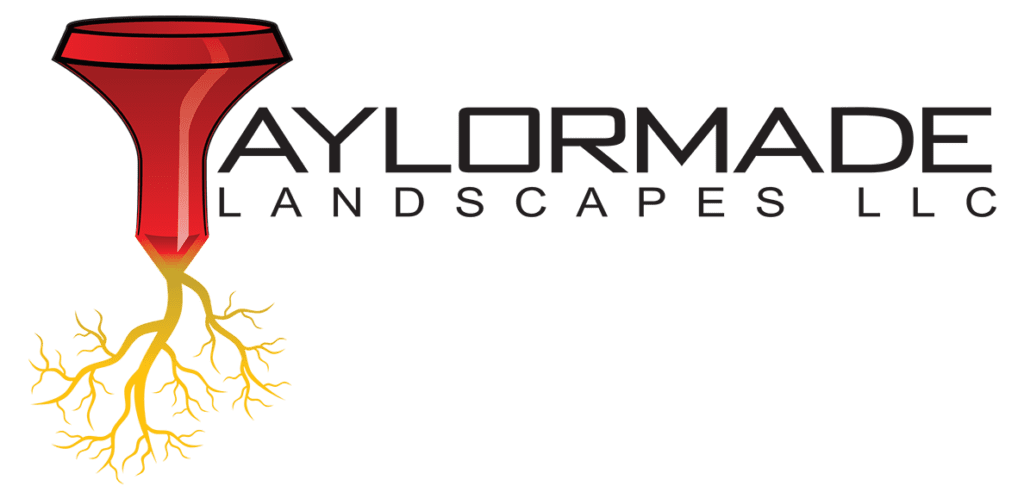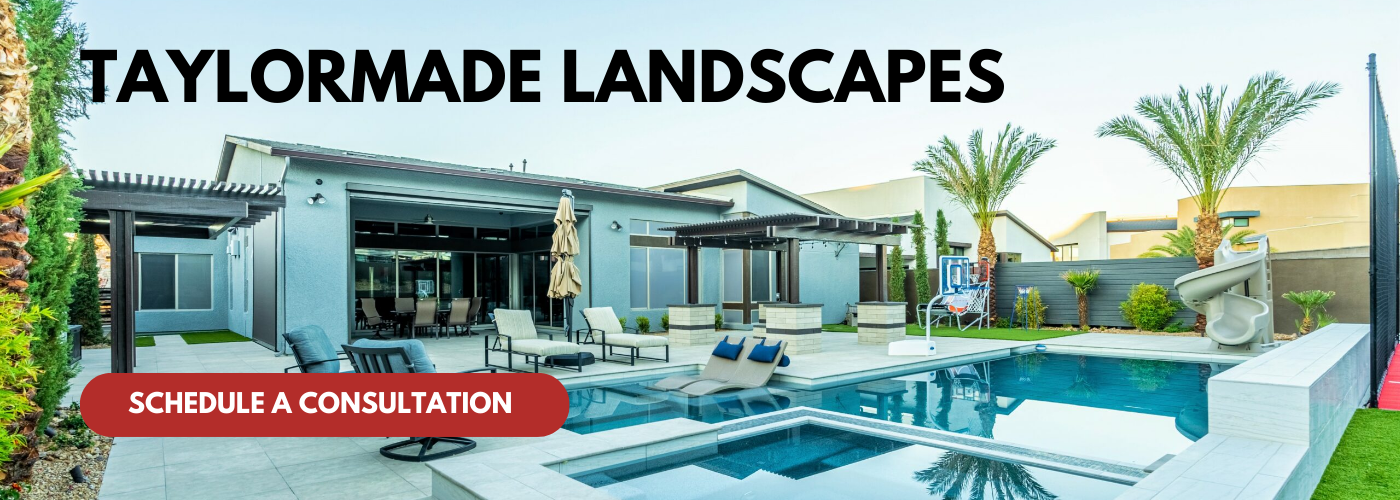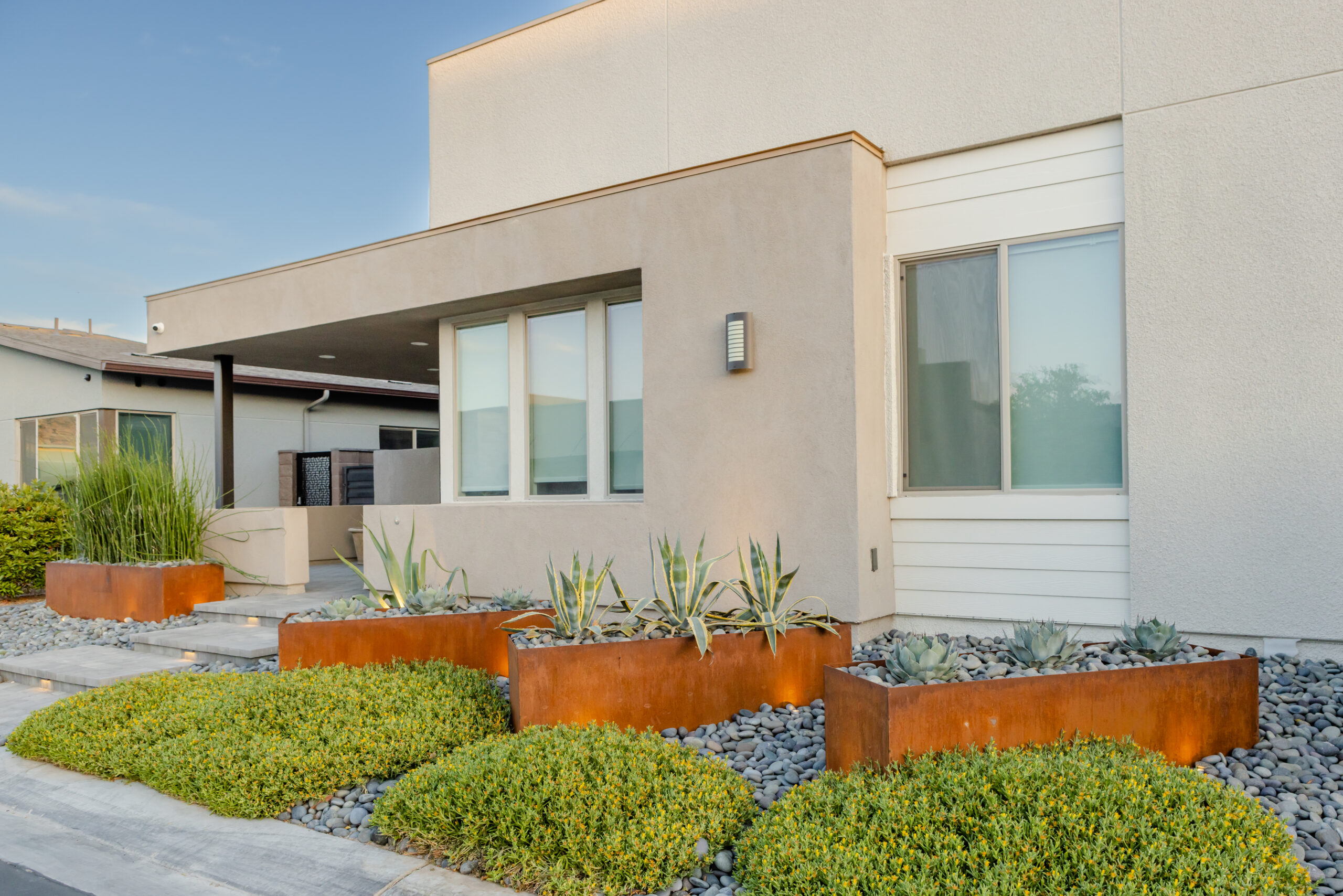As the seasons shift and the calendar turns to 2025, landscape enthusiasts and property owners alike reflect on the importance of hardscape maintenance—a vital component of outdoor aesthetics and functionality that often goes overlooked. Hardscaping, comprising non-plant elements such as patios, walkways, retaining walls, and driveways, plays an essential role in our outdoor environments by providing structural support while enhancing visual appeal. Establishing a detailed maintenance plan for these surfaces is crucial to preserving their integrity and ensuring they remain both safe and visually appealing year-round.
A comprehensive hardscape maintenance plan should encompass a variety of elements designed to address the unique challenges presented by each material and environmental condition. Whether you are dealing with pavers, stone, concrete, or wood, understanding the specific care required to manage wear and tear, seasonal weather changes, and other stressors is paramount. Additionally, as we move into a more eco-conscious era, integrating sustainable practices into your maintenance strategy can not only bolster the lifespan of your hardscape features but also contribute to the overall health of the surrounding ecosystem.
In this article, we will explore crucial components to include in your hardscape maintenance plan for 2025. From regular cleaning methodologies and preventative measures to effective repair strategies and seasonal preparations, we aim to equip you with the knowledge necessary to effectively manage and maximize the lifespan of your hardscapes. By implementing a proactive approach to upkeep and maintenance, you will not only enhance the curb appeal of your property but also create inviting outdoor spaces that can be enjoyed for years to come.
Seasonal Maintenance Tasks
Seasonal maintenance tasks are crucial for preserving the integrity and appearance of hardscape features throughout the year. These tasks vary with the seasons and can significantly influence the lifespan and functionality of hardscape elements such as patios, walkways, retaining walls, and outdoor living spaces. In a hardscape maintenance plan for 2025, it is essential to outline specific tasks that should be performed in each season to address weather-related wear, ensure safety, and enhance aesthetic appeal.
In the spring, the primary focus should be on inspecting for any winter damage, clearing away debris, and cleaning surfaces. This may involve power washing patios and walkways to remove dirt, algae, and mildew that may have accumulated during the colder months. Spring is also an excellent time to check for cracks in paving stones or concrete and make necessary repairs to maintain structural integrity. Additionally, this season is ideal for refreshing landscape borders by planting new flowers or shrubs that complement the hardscape, thus maintaining a cohesive outdoor space.
As summer approaches, maintenance tasks should shift toward managing the effects of heat and potential rainfall. Regular inspections for settling or shifting of hardscape materials can help identify issues before they become troublesome. It is also essential to monitor drainage systems to ensure proper flow and prevent flooding, especially during summer storms. Routine cleaning to manage weeds and keep hardscape areas clear from vegetation encroachment is key during this season.
In the fall, it is critical to prepare hardscape elements for the upcoming winter months. This includes removing leaves and debris that can lead to mold or obstruct drainage, sealing pavers and stone surfaces to protect against moisture, and ensuring that all joints are properly maintained. Fall is also a good time to assess any grading issues and correct them to avoid water pooling, which can freeze and crack hard surfaces over the winter.
Finally, winter maintenance should focus on snow and ice management to ensure safety. This involves regular snow removal and the application of appropriate de-icing materials that are less harmful to hardscape surfaces. Planning for annual inspections after winter can also help in addressing any damages caused by the freeze-thaw cycle.
Including these seasonal maintenance tasks in the hardscape maintenance plan for 2025 will help ensure that outdoor spaces remain not only beautiful but also safe and functional year-round.
Materials and Equipment Care
When it comes to hardscape maintenance, the care of materials and equipment is a fundamental aspect that should not be overlooked. Proper maintenance of the materials used in your hardscape—such as pavers, stones, and concrete—ensures their longevity and visual appeal over time. Materials can suffer from environmental stressors such as extreme weather, which can cause deterioration or discoloration. Regularly inspecting these materials for cracks, chips, or stains is essential for early detection of potential issues. For instance, sealing pavers and concrete surfaces can protect them from moisture penetration and damage caused by freeze-thaw cycles, thereby extending their lifespan and reducing the need for costly repairs.
In addition to the physical materials, it is equally important to pay attention to the equipment used in maintaining your hardscape. Tools such as pressure washers, leaf blowers, and garden machinery should be regularly serviced and stored properly to ensure they remain in optimal working condition. This includes cleaning, oiling, and checking for wear and tear. Regular maintenance of these tools not only improves their performance but also promotes safety during use. Incorporating these practices into your hardscape maintenance plan for 2025 will help you keep your hardscape looking fresh and functional.
Furthermore, developing a detailed schedule for the care of both materials and equipment is beneficial. This may include seasonal tasks such as cleaning debris from hardscape surfaces, applying protective sealants, or repairing minor damage. Keeping an inventory of materials and tools, along with the specifics of when they were last maintained, will provide you with a framework for staying organized throughout the year. By establishing a comprehensive materials and equipment care plan, you can ensure that both stay in peak condition, minimizing future expenses and maximizing the aesthetic and functional qualities of your hardscape. In summary, proactive care of materials and equipment is an investment in the long-term beauty and integrity of your landscape, ultimately ensuring that it serves its purpose effectively while enhancing your property’s value.
Inspection and Repair Schedule
An effective Inspection and Repair Schedule is crucial for the long-term sustainability and aesthetics of hardscapes. Regular inspections allow property owners and managers to identify potential issues before they become major problems. This proactive approach not only enhances the lifespan of hardscape materials such as paving stones, retaining walls, and patios but also ensures safety for users. The schedule should include thorough checks for cracks, settling, weed growth, and drainage functionality.
For a successful inspection and repair regimen, consider establishing a timeline that aligns with seasonal changes. For instance, carry out comprehensive inspections in spring and fall when weather conditions shift, which can lead to stress on hardscapes. During these inspections, take note of areas that exhibit signs of wear or damage. Additionally, check joints, edges, and the overall stability of structures, as well as any fixtures or elements attached to them, like lighting or planters. If damage is detected, prioritize repairs based on the extent of the issue and the potential impact it could have on safety and usability.
To maintain an effective inspection and repair schedule for 2025, homeowners and landscape managers should include this schedule in their overall hardscape maintenance plan. This should encompass not just the identification of issues but also preventive measures to mitigate future damage. For example, applying sealants to stone or concrete surfaces can help prevent water infiltration and damage during freeze-thaw cycles. Moreover, documenting findings and repairs in a maintenance log not only provides a record of ongoing issues but also helps in budget planning for future maintenance or renovations. By organizing a systematic approach to inspections and repairs, owners can enhance the durability and safety of their hardscapes while ensuring they remain visually appealing and functional.
Drainage and Erosion Control
Drainage and erosion control is a critical aspect of any hardscape maintenance plan, particularly as it relates to the longevity and integrity of both hardscape and surrounding landscapes. Proper drainage management ensures that water is effectively diverted away from structures and pathways, reducing the risk of damage and promoting a healthy ecosystem around your outdoor spaces. Erosion, on the other hand, can lead to significant complications like soil degradation, vegetation loss, and the potential instability of hardscaped areas. A well-crafted maintenance plan for 2025 should thus prioritize strategies aimed at preventing both drainage issues and erosion.
When developing your drainage and erosion control plan, begin by conducting a comprehensive assessment of your property’s current drainage patterns. Identify areas where water tends to pool or flow too quickly. This can be done through visual inspections or by monitoring performance during rain events. After pinpointing problematic areas, consider implementing solutions such as the installation of French drains, swales, or rain gardens that can help manage excess water. The integration of permeable paving materials in hardscaping can also be beneficial, as these materials allow for better water infiltration and decreased runoff.
Moreover, regular maintenance tasks are essential to ensure that drainage systems remain unobstructed. Leaves, debris, and sediment can accumulate in drains and ditches, leading to blockages that could negate your drainage efforts. Thus, your plan should include a schedule for clearing and inspecting all drainage elements. Erosion control measures are equally important; employing native plants to stabilize soil, utilizing silt fences, and incorporating erosion control blankets can help protect vulnerable areas. Ultimately, a well-structured drainage and erosion control plan not only protects your hardscaped areas but also promotes sustainable practices that enhance the overall landscape health.
Landscape Integration and Aesthetics
When it comes to hardscape maintenance, the integration of landscape elements and aesthetics plays a crucial role in ensuring the overall beauty and functionality of outdoor spaces. In 2025, your hardscape maintenance plan should focus on harmonizing hardscape materials with the natural environment, ensuring that all components work together to create a cohesive look. This means not only maintaining the physical structures, such as patios, walkways, and retaining walls, but also considering the surrounding greenery, pathways, and outdoor features that enhance the area.
A significant aspect of landscape integration is the careful selection of plants and vegetation that complement the hardscape layout. Incorporating native plants and resilient species can soften hard edges and provide a vibrant contrast to stone and concrete features. Regular maintenance should include pruning and trimming to keep plant life well-sized and aesthetically pleasing without overshadowing hardscape features. Consideration should also be given to seasonal color changes and blooming patterns to ensure there is visual interest throughout the year.
Another key element of aesthetics in your hardscape maintenance plan is evaluating color schemes and textures within your outdoor space. Assess how different materials blend with one another and with the surrounding landscape. For example, choosing pavers or stones in earth tones can enhance the natural feel of a garden, while brighter colors might create focal points that draw the eye. Cleaning and upkeep routines should include power washing stones and pavers to remove dirt and algae buildup, ensuring the hardscape appears fresh and inviting.
To further enhance the aesthetics and functionality of your hardscape, consider incorporating lighting elements. Well-placed lighting can highlight pathways, decorative features, and plants, creating a warm ambiance in the evenings while also increasing safety and usability. As part of your maintenance plan, include regular checks on lighting fixtures to ensure they are in working order and clean from debris. In conclusion, your 2025 hardscape maintenance plan should embrace a holistic approach to landscape integration and aesthetics, focusing on harmony between hardscape and natural elements while ensuring that all components are regularly maintained for the best possible visual and functional outcomes.




